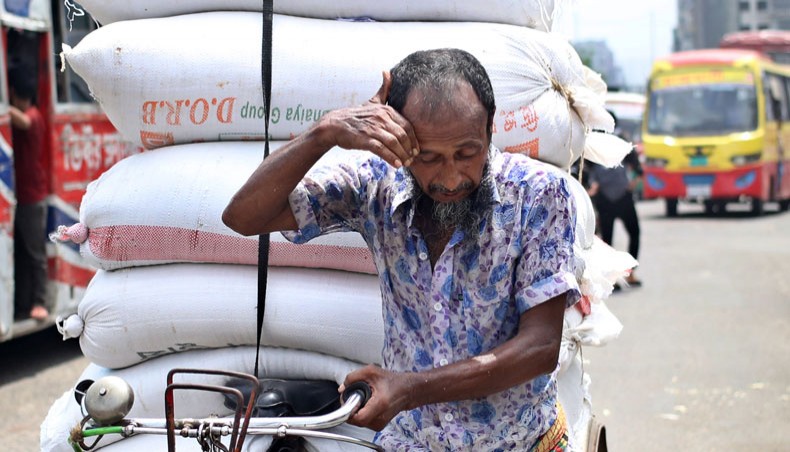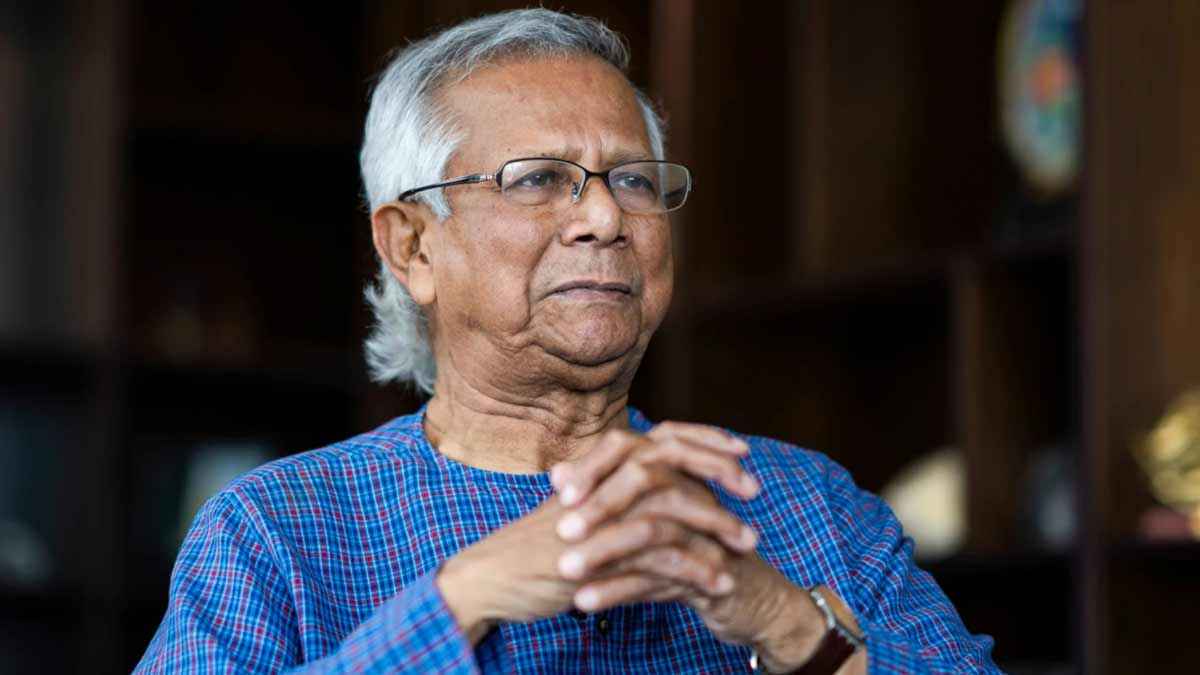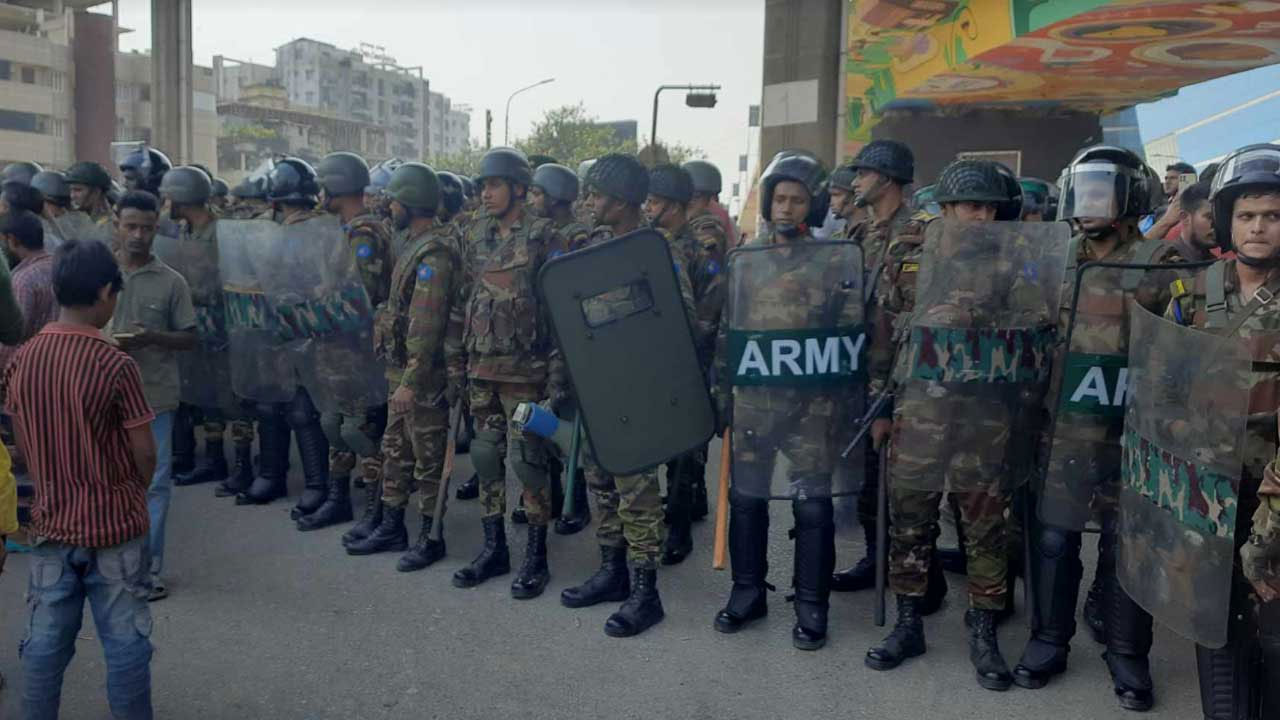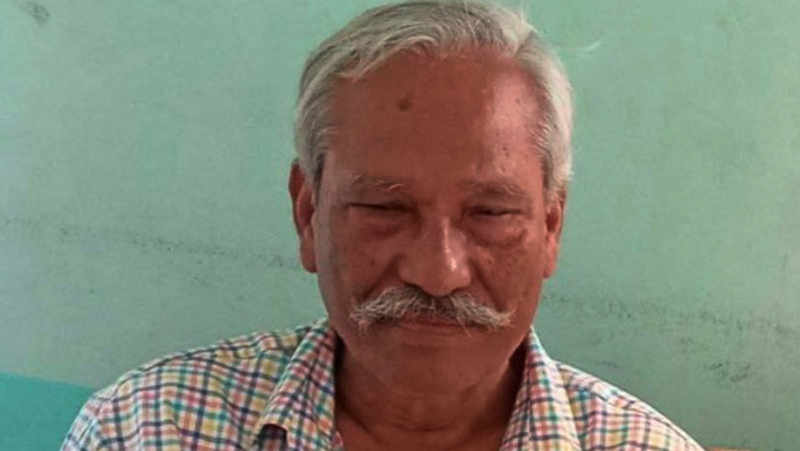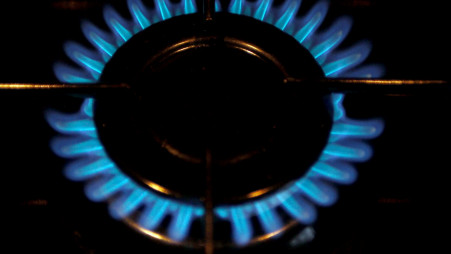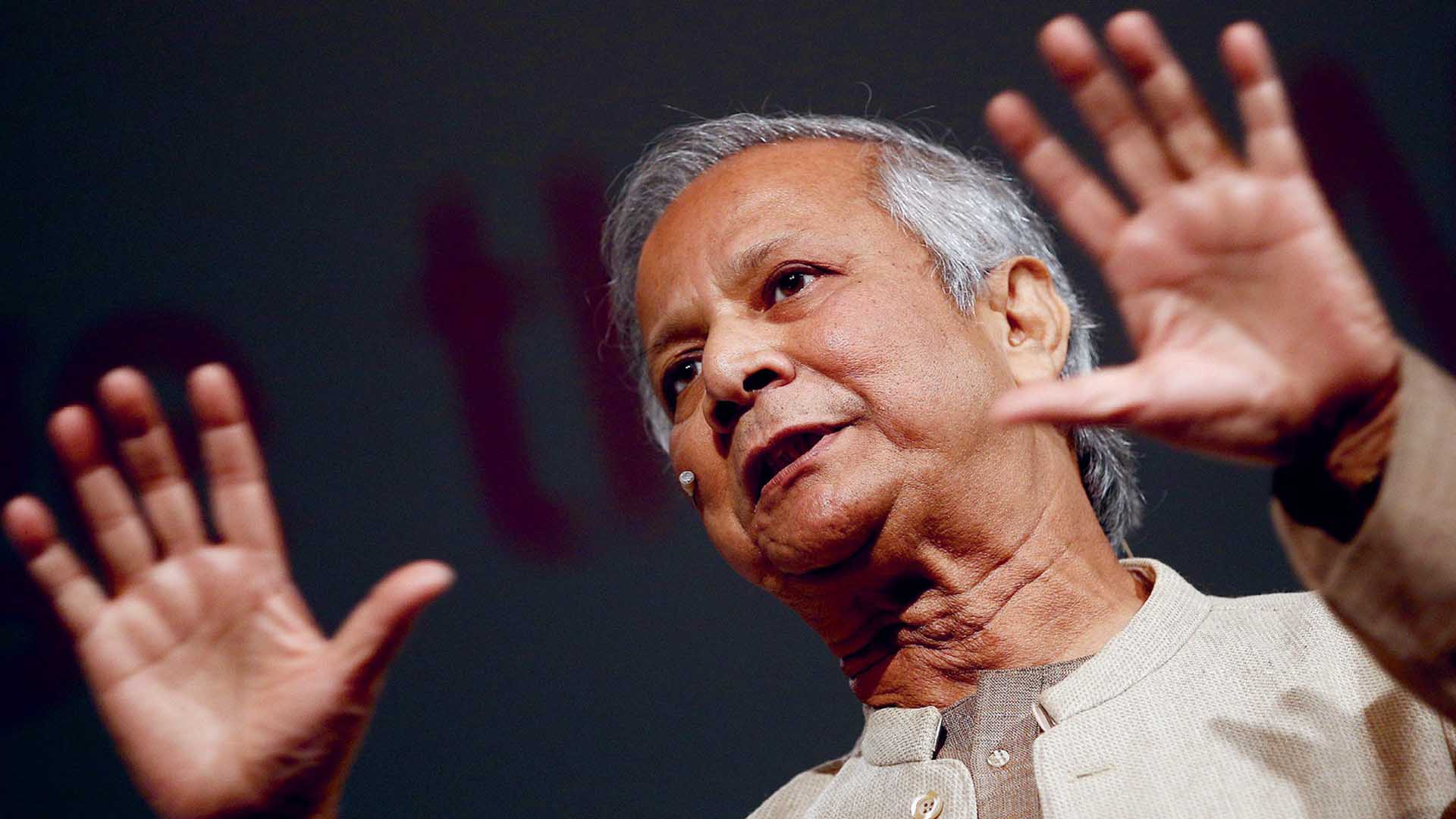At least 27 people died on Saturday in five districts of Rangpur division due to causes related to hot weather as the Rangpur Met Office for the second consecutive day logged the highest daily maximum temperature in more than a decade.
Rangpur is one of the areas in northern region where the current heatwave set in 12 days ago and then expanded its reach to central, south-west and southern region, divesting the vast swathes of land of rain, and disrupting normal life.
On Saturday and Friday, Rangpur recorded the same highest daily maximum temperature of 38.2C, which was the highest daily maximum temperature since 2010, when the highest daily maximum temperature was recorded at 37.6C, according to Mustafizur Rahman, assistant meteorologist, Rangpur Met Office.
The daily maximum temperature officially reached 39C at times during the unprecedented heatwave for this time of the year is accustomed to logging most rain of the year.
‘The high temperature and inclement weather is taking its toll on people’s life and health,’ said Abu Md Zakirul Islam, deputy director, health, Rangpur, as he confirmed 27 new deaths.
Heat stroke caused four of the new deaths while 17 people died because of pneumonia and six from diarrhea in Rangpur, Lalmonirhat, Kurigram, Nilphamari and Gaibandha, the districts that suffered devastating floods in June.
Over the last three days, according to the divisional health office of Rangpur, at least 70 people lost their lives to these three heat-related causes of deaths in the five districts.
Heat wave is particularly dangerous in Bangladesh because of high humidity, often exceeding 80 per cent mark, obstructing human body’s natural cooling mechanism.
Heat stroke is the most serious heat-related illness, according to the Centres for Disease Control and Prevention, the national public health agency of the United States, rendering body unable to control its temperature.
In a heat stroke, the body’s temperature rises rapidly, up to 106°F or higher within 10 to 15 minutes, according to the CDC, while the body’s sweating mechanism fails, and the body is unable to cool down.
A heat stroke can cause permanent disability or death if the person does not receive emergency treatment.
As a massive outbreak of fever accompanied the brutal heat wave, the description of many fever patients fit that of the heat stroke though they are mostly unaware about the special health condition, let alone its management.
‘The fever occurred with a sustained temperature of 104C or even more for five to seven hours regardless of medication or frequent washing of body and head with water,’ said Asha Hossain as she described the fever suffered by her husband on Friday night.
‘For a moment I thought I was losing him. I did not know what else could be done to bring down his temperature,’ she added.
Health professionals called for steps to investigate the fever for it looked like strange to them and run a health education campaign informing people about health risks borne by heat wave and their management.
The people who are at life risk are those with an outside job and homeless people, neither having access to drinking water.
‘I braved brutal weather to work outside but found a few people to ride my rickshaw on Friday and Saturday,’ said Afzal Hossain, a rickshaw puller, whose daily income was reduced to less than Tk 50 on Saturday.
A heatwave occurs when a number of conditions simultaneously occur. By the standard of temperature a heat wave occurs when the daily maximum temperature reaches 36C over a large area. A heatwave is divided into three categories, with severe heatwave packing a temperature reaching 40C.
‘A heatwave is accumulates in atmosphere with continued contribution from several heat sources such as the sun, warm large water bodies and soil,’ said Abdul Mannan, senior meteorologist at the Bangladesh Meteorological Department.
The ongoing heatwave – which seared through the entire divisions of Rajshahi, Rangpur and Sylhet and the districts of Jashore, Tangail and Chuadanga until Saturday – is likely to stay for at least two more days, he said.
‘The feeling of hot, however, is likely to stay for a while for rain that is required to break this spell of hot weather is not in sight yet,’ said Mannan, adding that a special bulletin was likely to be issued today to warn people about the heatwave.
Despite the widespread outbreak of fever or cold or heatstroke, people are still largely unaware about the source of their health-related predicament.
The concept of heat wave still sounds unfamiliar to the majority poor population.
The largescale ignorance about heatwave became particularly evident during the Ed vacation when large crowds of middle-class families, often accompanied by minors, as young as a few months old, were seen gathering at tourist spots under the midday sun.
Currently, a vast swathe of land on earth got baked in a heat wave covering regions of Africa and USA and the entire Europe. Londoners have been warned about the temperature reaching 40C soon with a red alert.
Met Offices and health authorities in most of the affected countries issued special advisories covering how people of different professions should conduct their day-to-day life during the heat wave.
The affected countries also undertook special measures for treating heat-related health problems.
‘Human body finds it difficult to function when temperature exceeds 37C and cold and fever are the immediate results borne by high temperature,’ said public health expert Rashid-e-Mahbub.
Special public advisory for managing heat-related health problems is essential as people are confronted with a climate-change-induced extreme weather event while coping with the pandemic and the outbreak of dengue and influenza.
‘This is not right,’ said Rashid-e-Mahbub, adding, ‘People of this country are so unfortunate that their government is not responsible enough to issue a health advisory on a life-threatening problem.’
A World Bank report released in 2021 said that intense temperature could also lead to heat cramps, heat exhaustion and reduced productivity.
The fact that the globe is warming faster than predicted is no more debated and the UN described 2021 as the seventh hottest year on record.
The California-based non-profit research organisation Berkeley Earth in its annual global temperature report for 2021 placed Bangladesh among the 25 countries, which recorded their highest-ever temperature in the year since record-keeping began.
The year was 1.3C hotter than the average normal temperature, the Berkeley Earth said.
‘We lack mechanism to account for heat-related health problem,’ admitted Zahidul Islam, in charge, health emergency operation centre and control room, Directorate General of Health Services.
So far there was no official account from the DGHS about the impacts of the ongoing heatwave.


